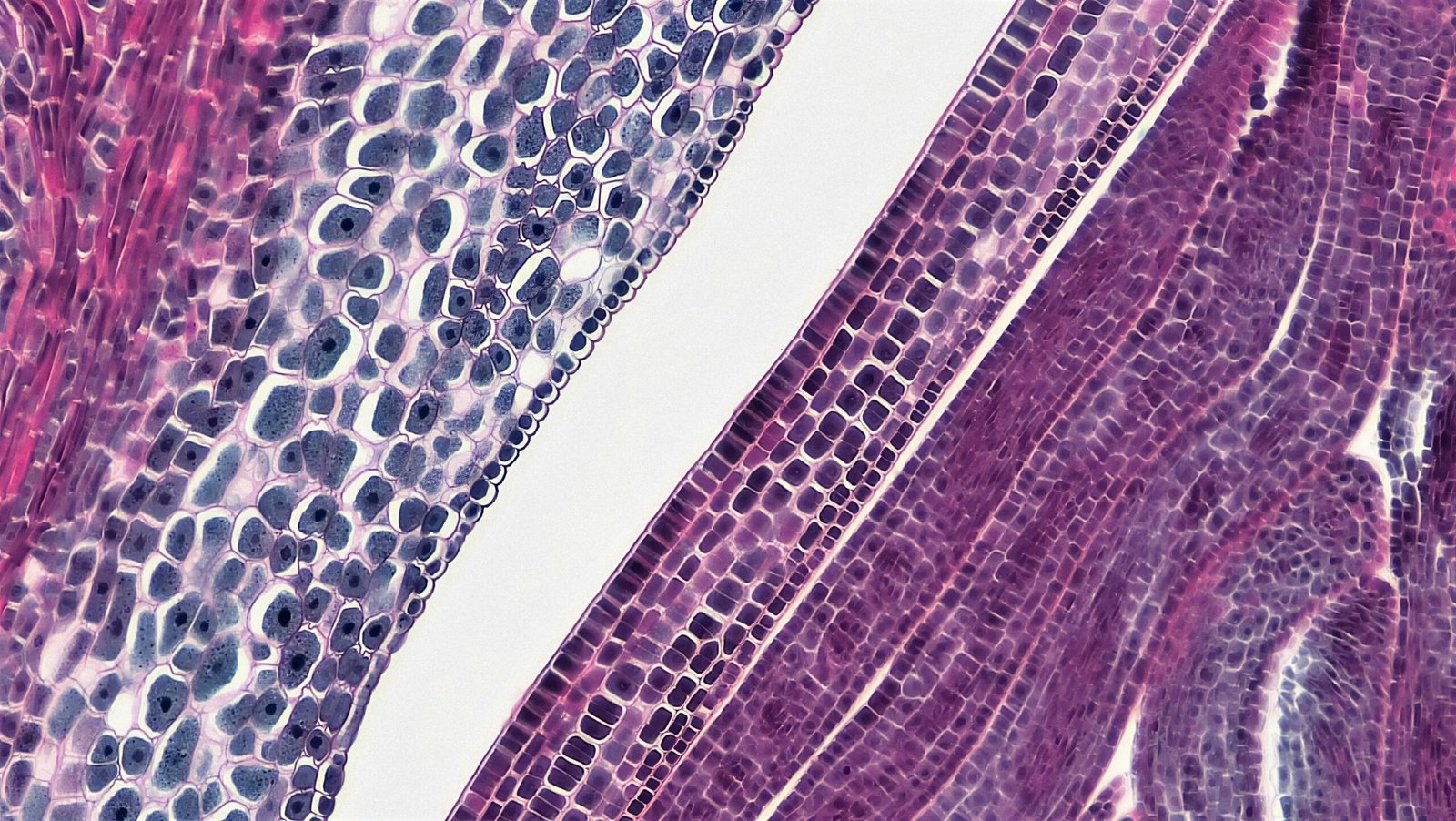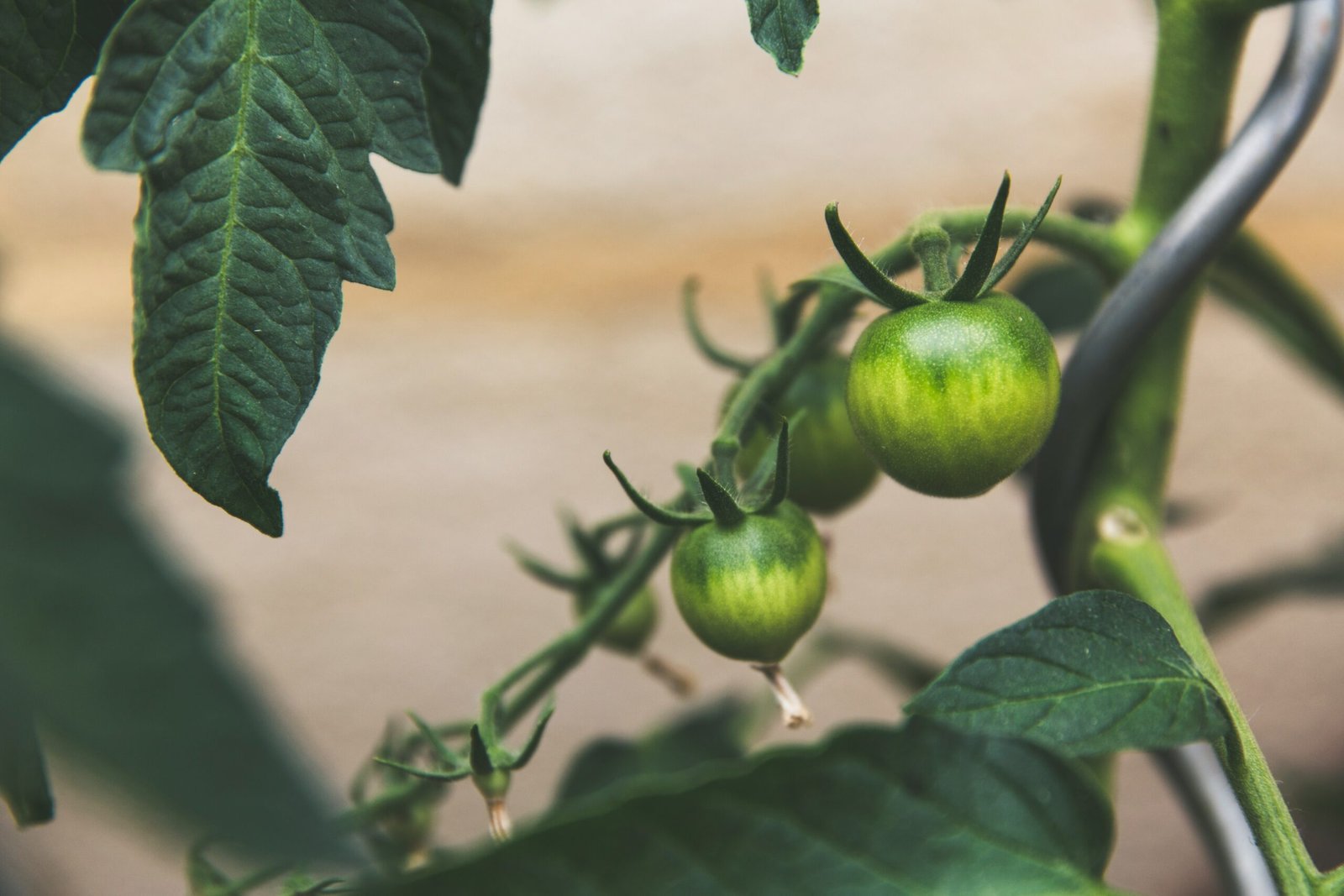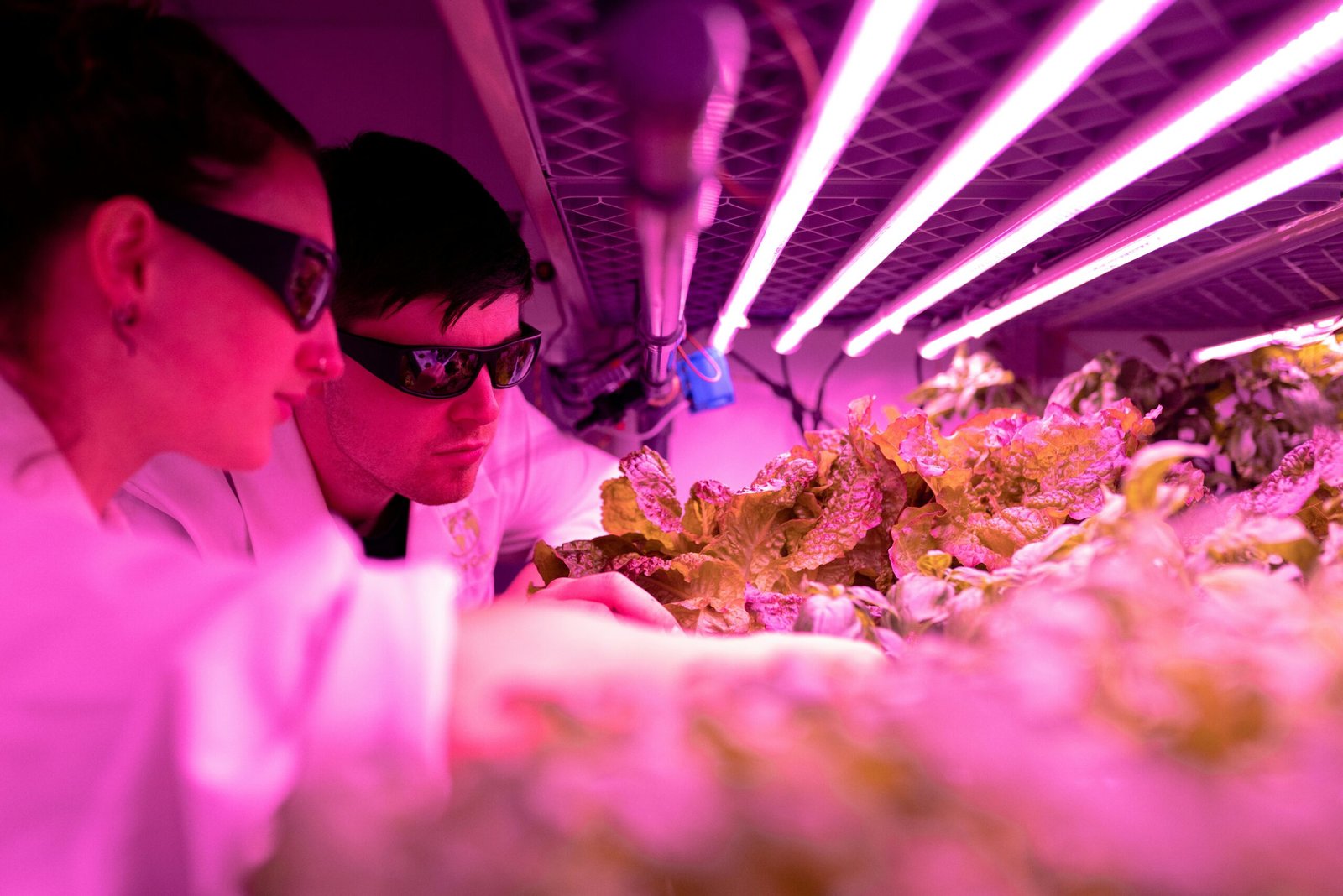Introduction to Somaclonal Variations
Somaclonal variation refers to the genetic diversity that arises in plants through in vitro tissue culture techniques. This phenomenon occurs when cells or tissues cultured in a controlled environment undergo genetic changes, resulting in variations in phenotypic traits. Such alterations can happen spontaneously during the regeneration process, making somaclonal variation a significant aspect of plant biotechnology and breeding.
The mechanisms underlying somaclonal variations are complex and can involve both genetic and epigenetic changes. Genetic changes may include mutations, chromosomal rearrangements, or even DNA deletions. On the other hand, epigenetic modifications, which involve alterations in gene expression without changing the DNA sequence, also play a crucial role. These epigenetic mechanisms, such as DNA methylation and histone modification, can affect traits such as growth rate, disease resistance, and stress tolerance.
Somaclonal variations are particularly significant in the field of plant breeding, offering opportunities to improve crop varieties. Unlike traditional genetic variations, which often result from sexual reproduction and natural selection, somaclonal variations can be harnessed more rapidly due to the controlled conditions of tissue culture. This method allows for the selection of desirable traits in regenerated plants, enabling breeders to develop new varieties that may possess enhanced qualities.
It is essential to understand how somaclonal variations differ from other forms of genetic variability, such as induced mutations or genetic recombination. While these methods intentionally introduce changes, somaclonal variations emerge naturally during the growth of cultured tissues. The unpredictable nature of somaclonal variation can present both advantages and challenges in plant breeding, highlighting the need for careful assessment of transformed lines to ensure the desired traits are stable and beneficial.
The Role of Epigenetics in Somaclonal Variations
Epigenetics plays a critical role in somaclonal variations, significantly influencing gene expression without altering the underlying DNA sequence. This phenomenon is particularly relevant in plant tissue culture, where through methods such as micropropagation, regenerated plants can exhibit traits distinct from their parent plants. One of the primary mechanisms by which epigenetics exerts its influence is through DNA methylation, a process that can silence gene expression and, consequently, affect phenotype. Variations in DNA methylation patterns can emerge during cell division and the in vitro culture process, leading to unexpected changes in the traits of regenerated plants.
In addition to DNA methylation, histone modifications are crucial in the regulation of gene activity. These modifications occur on the histone proteins around which DNA is wrapped and can profoundly influence the accessibility of the DNA for transcription. When histones are acetylated or methylated, the structure of chromatin may change, thereby altering the expression of genes involved in vital biological processes including growth and stress response. Research has shown that such epigenetic modifications can induce somaclonal variations that confer beneficial traits like disease resistance or improved yield.
Recent studies have brought to light the complex interplay between environmental factors, epigenetic changes, and somaclonal variations. For instance, exposure to specific stressors during plant tissue culture has been linked to distinct epigenetic modifications, suggesting that these factors can enhance the variability observed in regenerated plants. By understanding the role of epigenetics in somaclonal variations, researchers can harness these insights for improved breeding strategies, ultimately leading to more resilient and adaptable plant varieties.
Methods of Inducing and Analyzing Somaclonal Variations in Plant Tissue Culture
Somaclonal variations in plant tissue culture can be induced through various methods that significantly enhance genetic diversity. One of the most common techniques involves the manipulation of growth regulators, including auxins, cytokinins, and gibberellins. These hormones can be varied in concentration and combination to stimulate different responses in plant tissues, promoting the development of variations that may lead to desirable traits. The correct balance of these growth regulators often results in the alteration of tissue morphology and organogenesis, ultimately influencing the genetic stability of the resulting plantlets.
In addition to hormonal manipulation, the application of stress conditions plays a crucial role in inducing somaclonal variation. Environmental stresses such as osmotic stress, heat shock, and salinity have been shown to cause pronounced changes in the genetic expression of cultured cells. These applied stresses can trigger adaptive responses that result in modifications to the plant’s genome and epigenome, leading to variations that can manifest in subsequent generations. Thus, integrating stress-induced conditions within the growth processes can effectively enhance the variability suitable for breeding programs.
Analyzing somaclonal variations encompasses several advanced techniques. Molecular markers such as Random Amplified Polymorphic DNA (RAPD), Simple Sequence Repeats (SSR), and Single Nucleotide Polymorphisms (SNP) allow researchers to detect variations at the genetic level. Genomic sequencing offers even deeper insights, enabling thorough identification of genetic alterations and their possible phenotypic outcomes. Alongside molecular methods, phenotypic assessments are essential for evaluating key traits such as growth rate, yield, and disease resistance, fostering practical applications in agriculture and horticulture. Through these methods, the implications of somaclonal variation can be fully realized, paving the way for innovative plant breeding strategies.
Applications and Implications of Somaclonal Variations in Agriculture
Somaclonal variations represent a pivotal phenomenon in the realm of plant tissue culture, significantly influencing agricultural practices. They arise during the in vitro culture of plants and result in genetic and phenotypic diversity among regenerated plants. This variability can be leveraged to develop new plant varieties endowed with desirable traits, which is particularly valuable in a rapidly changing agricultural landscape. The enhancement of disease resistance is one critical application; plants can be selectively developed to withstand specific pathogens, thereby reducing reliance on chemical pesticides and promoting healthier ecosystems.
Improved yield is another promising application of somaclonal variations. By selecting for traits linked to higher productivity, such as enhanced root structures or optimized photosynthetic efficiency, agriculturalists can cultivate crops that flourish even under suboptimal conditions. This is increasingly important given the challenges posed by climate change, as higher yield varieties can contribute significantly towards achieving food security. Additionally, stress tolerance is a crucial area where somaclonal variation plays a role. Crops developed through this method can demonstrate resilience to environmental stressors such as drought, salinity, and temperature extremes, ensuring stable production levels across varying climates.
The implications of somaclonal variations extend beyond individual crop improvement strategies. They serve as a valuable tool in breeding programs, allowing researchers to integrate beneficial traits more effectively, thereby bolstering overall crop performance. As agricultural practices evolve to meet global food demands and sustainability goals, somaclonal variations provide an important pathway for innovation. In summary, the applications of somaclonal variations in agriculture are not only transformative in the development of superior plant varieties but also critical for enhancing food security and promoting sustainable farming practices in an increasingly unpredictable world.





